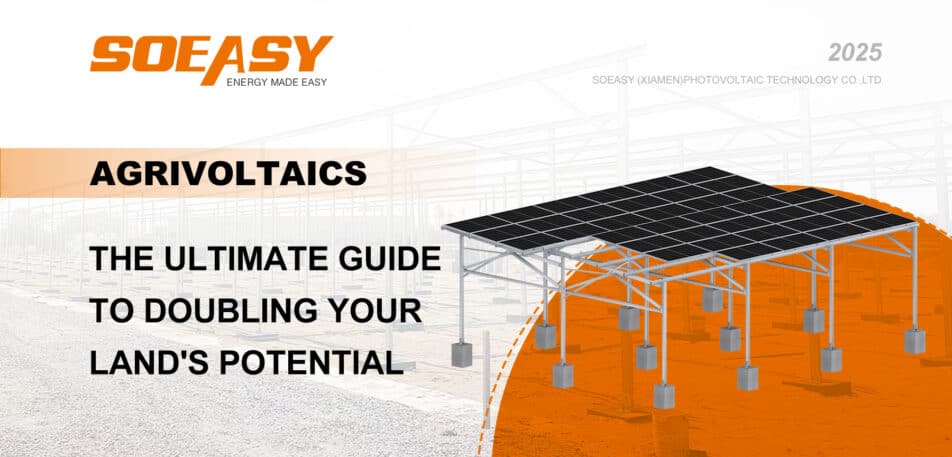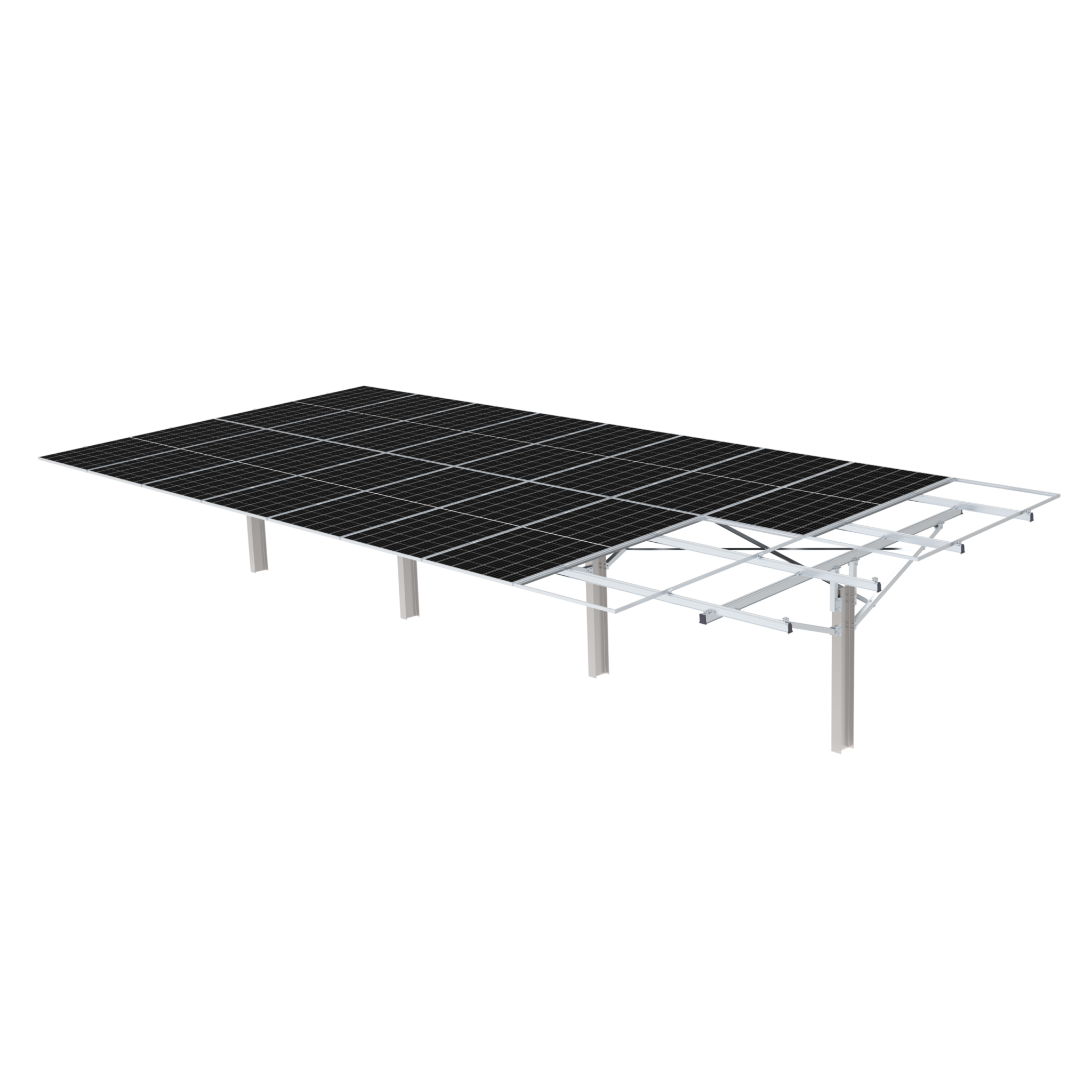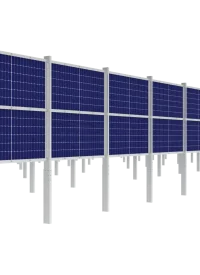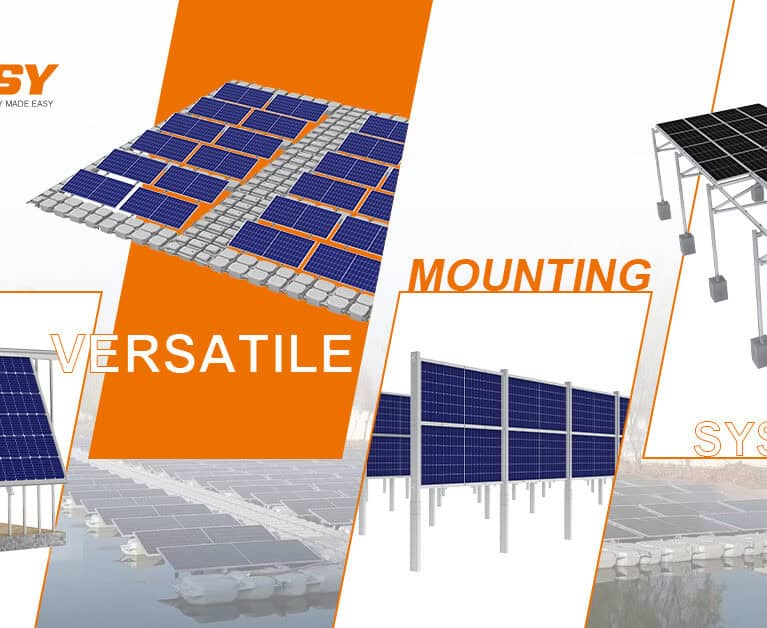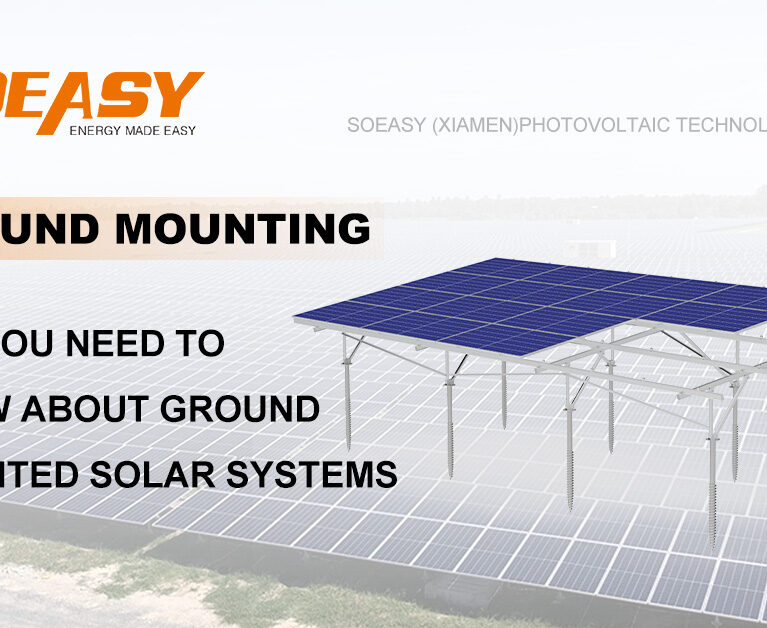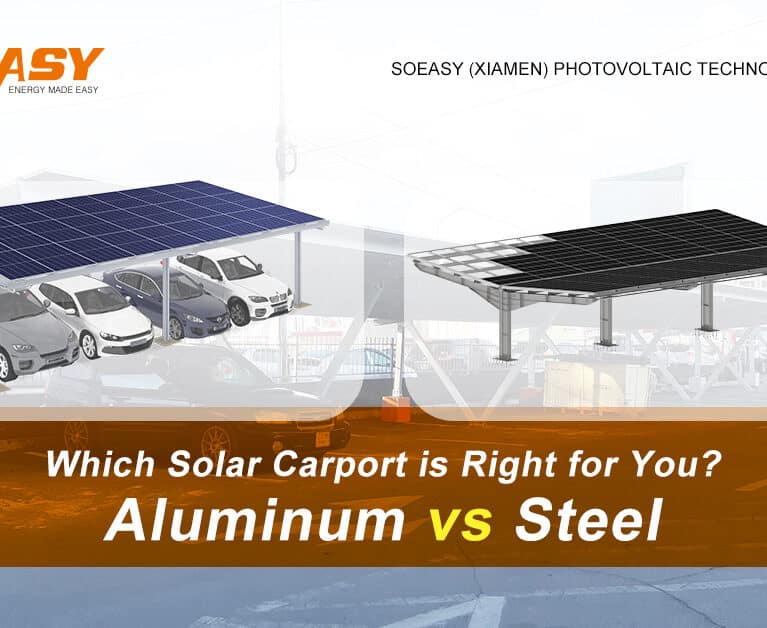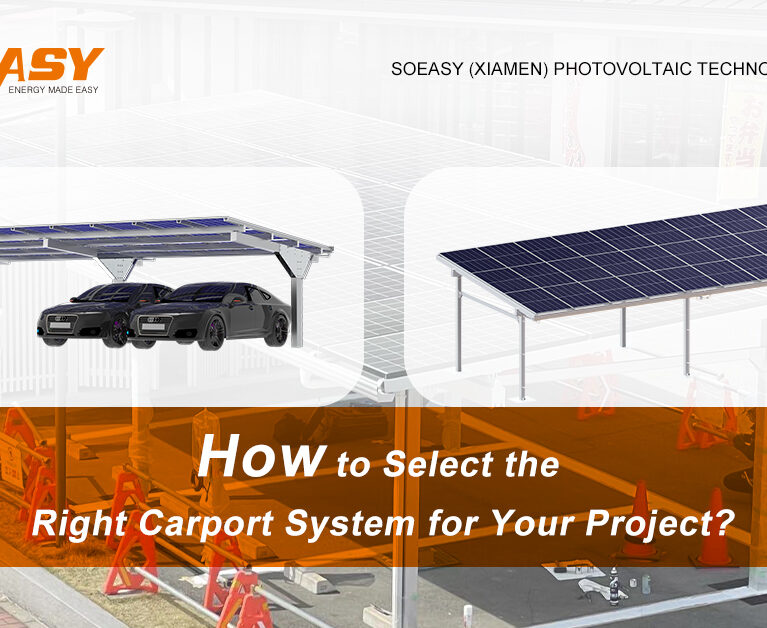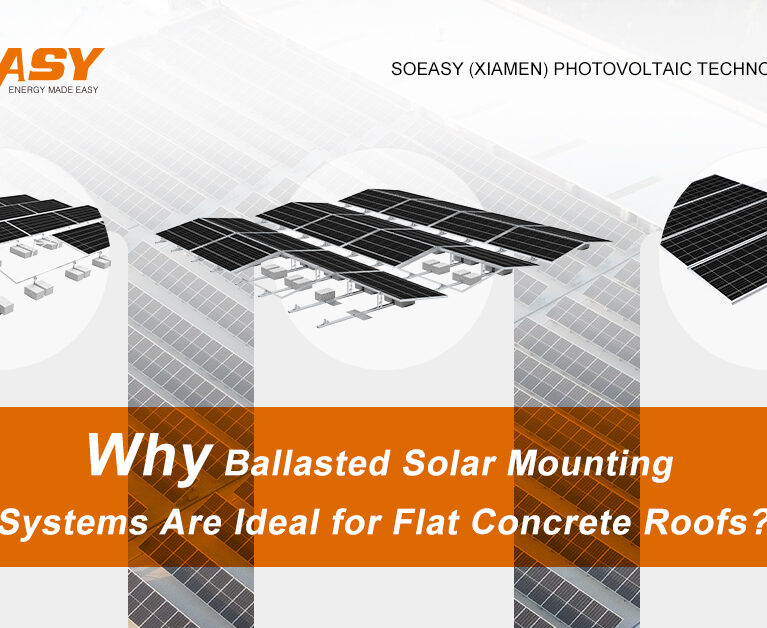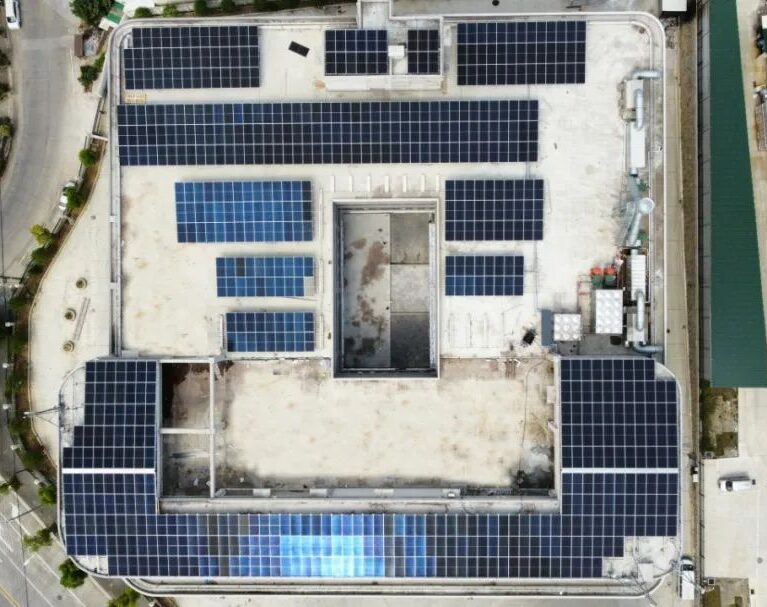For landowners and farmers, the innovative method of agricultural photovoltaics represents a paradigm shift where sunlight co-produces with crops, providing electricity while nourishing the crops below. This approach enhances sustainability, climate adaptability, and offers a new significant source of income. This guide will explore the tremendous benefits of agro-photovoltaic technology and provide a key framework for selecting the optimal solar installation structure to ensure project success.
What is Agrivoltaics? Synergy in Action
Agrivoltaics (also known as agrivoltaics, agri-PV, or solar sharing) is an integrated land management system. It moves beyond the old model of choosing between “food or fuel” and introduces a synergistic “food and fuel” model. By elevating solar panels high above the ground, agricultural activities—whether crop cultivation, livestock grazing, or pollinator habitats—can continue undisturbed underneath.
The synergy is powerful:
- For Agriculture: Solar panels provide partial shade, reducing heat stress and water evaporation for plants, which can lead to higher yields for certain crops in arid or hot climates.
- For Energy Production: The natural evaporative cooling from the plants underneath the panels can create a cooler microclimate, improving the efficiency of the solar panels themselves.
Key Benefits of Implementing an Agrivoltaics System
- Increased Land Productivity: Generate revenue from both energy production and agricultural output, dramatically increasing the economic value per acre.
- Water Conservation: Studies show that the shade from panels can reduce water evaporation from the soil by up to 30%, a critical advantage in drought-prone regions.
- Improved Crop Resilience: Partial shading protects sensitive crops from extreme sun exposure, heat stress, and sunburn, creating a more stable growing environment.
- Diversified Income: A long-term Power Purchase Agreement (PPA) for solar energy provides a stable, predictable income stream, insulating farmers from volatile market prices and poor harvests.
- Environmental Sustainability: Contributes to renewable energy goals, reduces the carbon footprint of farming operations, and can support biodiversity by creating habitats for pollinators and other beneficial species.
How to Choose the Right Solar Mounting Structure for Agrivoltaics
The choice of solar mounting structure is the most critical technical decision in an agrivoltaics project. It determines compatibility with farming equipment, plant health, and the system’s longevity.
1. Height and Clearance: The Primary Consideration
The core principle of agrivoltaics is enabling agricultural machinery and activities to continue. Therefore, high-clearance mounting structures are non-negotiable.
- Minimum Height: Structures must be high enough to allow tractors, combines, and other farm equipment to pass freely underneath. A typical minimum clearance is 3 meters (~10 feet), but this can vary based on the specific equipment used.
- Design for Farming: The entire array layout must be designed with turn rows and access points for large machinery.
2. Material and Corrosion Protection
Agricultural environments are harsh, with exposure to moisture, fertilizers, and soil chemicals. The mounting structure must be built to last.
- Material: Galvanized steel is the industry standard for its strength and durability.
- Corrosion Protection: Look for hot-dip galvanization with a thick coating. For even greater protection, especially in humid or coastal environments, zinc-aluminum-magnesium (ZMA) coated steel offers superior corrosion resistance, ensuring a system lifespan of 25+ years.
3. Foundation Type: Minimizing Soil Impact
The foundation must provide unwavering stability while minimizing disruption to the soil and preventing compaction of valuable topsoil.
- Driven Piles (or Ground Screws): This is often the preferred solution for agrivoltaics. They are driven directly into the ground with minimal excavation, preserving soil structure and causing little disturbance to ongoing farming. They are also highly resilient to wind loads.
- Concrete Foundations: While very stable, they require more extensive excavation and curing time.
4. Configuration and Adjustability
- Fixed-Tilt Systems: The most common and economical choice. The angle is set to optimize annual solar energy production for the project’s latitude.
- Single-Axis Tracking (SAT): These systems tilt the panels to follow the sun throughout the day, increasing energy output by ~15-25%. While more expensive, the increased revenue can justify the cost on larger projects.
Real-World Applications of Agrivoltaics
- Crop Farming: Ideal for shade-tolerant crops like leafy greens, berries, and herbs. Also beneficial for protecting staple crops like corn and soy from extreme heat.
- Livestock Grazing: Sheep grazing under solar arrays is a classic and highly successful form of agrivoltaics. It provides natural vegetation control for the solar site and a healthy, shaded pasture for the animals.
- Pollinator-Friendly Solar: Planting native grasses and wildflowers under solar panels creates vital habitats for bees and other pollinators, supporting the surrounding agricultural ecosystem.
Conclusion: The Future of Farming is Integrated
Agrivoltaics is more than just an emerging trend; it’s a scalable, practical solution for building a more resilient and profitable agricultural sector. By thoughtfully integrating solar energy production with farming, we can create a sustainable future where our land works smarter, not harder.
Ready to explore the potential of agrivoltaics on your land?
Contact the experts at SOEASY Solar today. Our team specializes in designing and engineering high-clearance solar mounting structures tailored for agricultural success. Let us help you harness the sun twice and cultivate a brighter future for your farm.
Learn more about project cases:Ground PV Projects – soeasypv.com
About SOEASY Solar:Home – soeasypv.com
 English
English 

